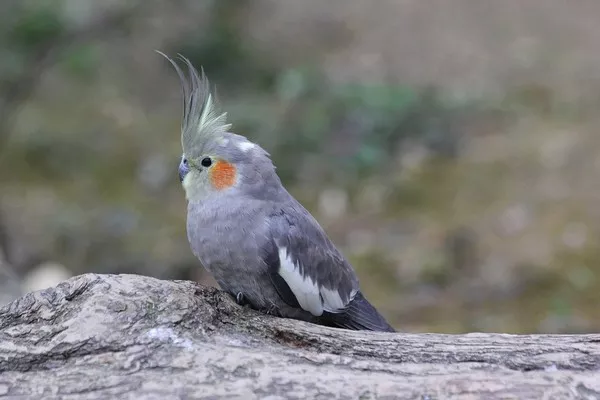Owning a ball python can be a rewarding experience, but it also comes with the responsibility of ensuring their health and well-being. It’s important for reptile owners to be able to recognize signs that their ball python may be dying. In this article, we will explore some common indicators that may suggest your ball python is in distress and needs immediate attention.
Changes in Appetite and Weight Loss
One of the first signs that something may be wrong with your ball python is a sudden loss of appetite. If your normally voracious eater starts refusing food consistently, it could indicate an underlying health issue. Weight loss accompanies decreased appetite and can be observed by regularly monitoring your python’s body condition. Significant weight loss over a short period is cause for concern.
Unusual Behavior and Lethargy
Ball pythons are typically known for their docile nature, but if you notice your snake exhibiting unusual behavior such as excessive hiding, lack of movement, or staying in abnormal postures, it may be an indication of illness. Lethargy, where the snake appears weak and lacks energy, is another concerning sign. Pay close attention to any changes in behavior patterns.
Respiratory Distress
Respiratory problems are common in ball pythons and can be indicative of serious health issues. Watch for signs of difficulty breathing, such as open-mouthed breathing, wheezing, or audible crackling sounds when your snake exhales. Prolonged respiratory distress can be life-threatening and requires immediate veterinary intervention.
Skin Abnormalities
The appearance of your ball python’s skin can provide valuable insights into its overall health. Take note if you observe any blister-like sores, blisters, discolored patches, or areas of retained shed. These could be signs of an underlying infection, mite infestation, or skin disease. Regularly inspect your snake’s skin during shedding cycles and seek veterinary advice if abnormalities persist.
Changes in Defecation
Monitoring your ball python’s bowel movements is essential in detecting any potential health issues. Diarrhea, bloody stools, or a complete absence of fecal matter are worrisome signs. Similarly, if you notice unusual urates (white or yellowish material passed with the feces), it may indicate kidney or liver problems. Any significant changes in defecation should prompt a visit to the veterinarian.
Regurgitation
Regurgitation occurs when a snake brings back its food after swallowing. While occasional regurgitation can happen due to stress or improper husbandry, frequent or repetitive episodes can be a sign of gastrointestinal complications or other serious conditions. Seek veterinary assistance to identify and address the underlying cause.
Loss of Muscle Tone
A healthy ball python should have firm muscles and a well-toned body. If you notice a general loss of muscle tone or weakness in your snake, it could signify a decline in overall health. Pay attention to any difficulties your python has while moving or gripping onto objects. Prompt medical attention can prevent further deterioration.
Abnormalities in Oral Cavity
The oral cavity of a ball python should appear healthy, with no visible sores, excessive redness, or swelling. If you observe any abnormalities such as mouth rot (infection in the mouth), excess saliva, or difficulty in closing the mouth properly, it indicates the need for immediate veterinary evaluation.
Conclusion
As a responsible ball python owner, it is crucial to stay vigilant and detect early signs of ill health in your pet. The indicators mentioned in this article, such as changes in appetite, weight loss, unusual behavior, respiratory distress, skin abnormalities, changes in defecation, regurgitation, loss of muscle tone, and abnormalities in the oral cavity, can serve as valuable cues to assess your snake’s well-being. If you observe any of these signs, it is best to consult a reptile veterinarian promptly to ensure timely and appropriate treatment for your ball python. Remember, early intervention can make a significant difference in the outcome and quality of life for your pet snake.
Related Topics:

























